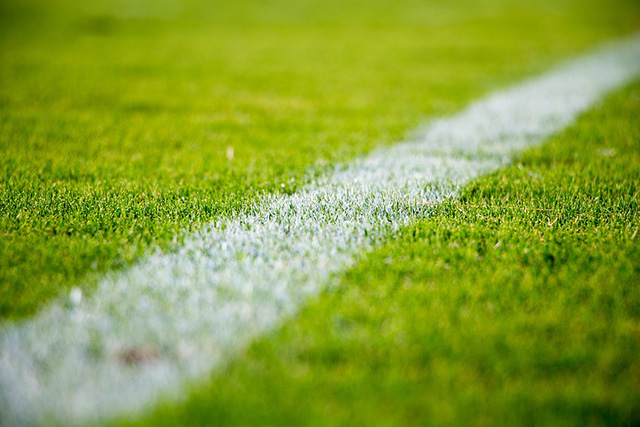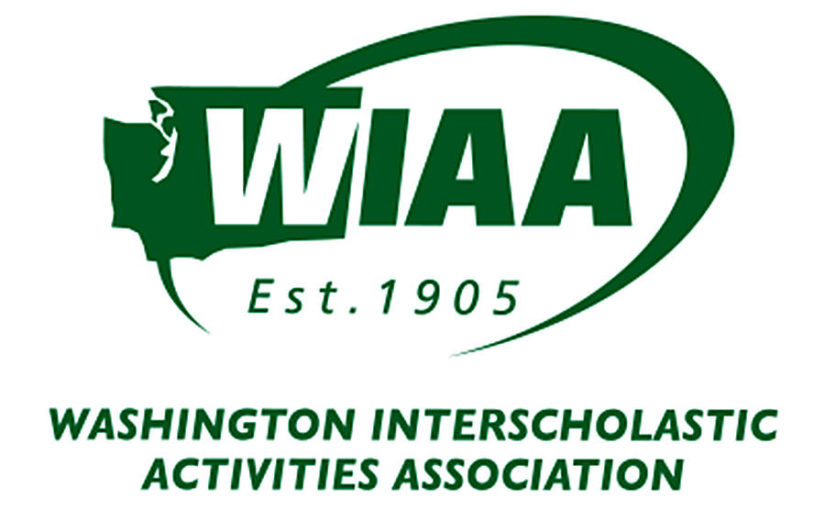Athletic facilities, aeration and the environment
The sports industry has an unquestionable influence on our cultural priorities. Over the last century, we have seen important issues come to light — ranging from political opinion to questions of health and safety — in large part due to those involved in athletics having called attention to them. This gives those in the industry the opportunity and responsibility to use this platform to make differences where they are needed most.
 Addressing environmental issues related to athletic facility operations and maintenance is one area where important changes can be made to set an example for those inside and outside the industry. It may not be a priority for field and facility managers with all their responsibilities, such as safety and performance. These will always be paramount, but environmental responsibility belongs in the same category, and it continues to become more important with time.
Addressing environmental issues related to athletic facility operations and maintenance is one area where important changes can be made to set an example for those inside and outside the industry. It may not be a priority for field and facility managers with all their responsibilities, such as safety and performance. These will always be paramount, but environmental responsibility belongs in the same category, and it continues to become more important with time.
Improving your score
Once sports and recreation facility operations programs are considered with environmental responsibility in mind, it becomes evident that there are plenty of relatively straightforward measures that are not only good for the environment, but will most likely contribute to safety, performance and reduced costs. But taking advantage of these opportunities requires that managers think more holistically about the scope of operations and how all pieces work together. Though athletic fields provide the biggest opportunities for sustainability measures, various types of facilities can apply these recommendations to their operations.
While there is technically no wrong place to start when becoming proactive about environmentally responsible facility management, here are five heavy hitters.
1. Water management.
For natural grass fields, irrigation practices can be altered to include testing moisture content in soils to avoid overwatering and incorporating a smart irrigation controller system with a rain gauge. Some sophisticated controllers can monitor soil moisture conditions and even weather conditions, which can simplify and add greater value to this process.
“Being adaptable to each new season is critical,” said James Gassman, associate director of athletics at Southern New Hampshire University. “Every year is different, resulting in different amounts of rain, potential diseases, weeds or pests. Having a flexible approach and getting to know your facility can help you to be fiscally and environmentally responsible.”
Using reclaimed or recycled water to irrigate your fields can also help conserve drinking water and is perfectly safe to use on fields, but it adds significant planning and engineering on the front end of a new project or an involved retrofit. Another piece of technology to consider is soil surfactants, which are created by adding molecules to water that theoretically makes it “wetter,” or more accurately, encourages water-repellent soil to be more absorbent, improving the efficiency of irrigation.
2. Fertilization.
Most understand the negative impact fertilizers can have on the environment when not used correctly, and while it may seem unavoidable to use it on some fields, there are ways to be more effective and possibly save money.

For example, testing soils for nutrients to apply the right ratio and amount of chemicals at the right time prevents overuse. You can also weigh the pros and cons of quick-release and slow-release fertilizers to identify which is more effective for your soil type and field needs. Other operations and maintenance activities — soil remediation, amendment, adding compost — can also improve infiltration, making your fertilizer more effective.
While there is debate about its overall effectiveness, consider developing a program for organic fertilizers, keeping in mind that these take longer than synthetic fertilizers. While more planning and strategy are necessary when using organics, you can retain the quality of your field while drastically reducing the amount of fertilizer being used, leading to more sustainable maintenance.
The bottom line, as in water management, is to understand what soil conditions exist and have the flexibility to manage them to the best of your ability and available resources.
» RELATED: Keeping facilities clean and athletes healthy
“Some of the quickest ways to save money are to test soil and water on a regular basis so we know what to then treat with fertilizer, lime, topdressing, compost, etc.,” Gassman said.
Local university extensions are a great resource for information about turfgrass and local soil management strategies, and many have soil nutrient testing labs. A few analyzed samples might save significantly on future fertilizer applications. Additionally, research from Penn State University’s Center for Turfgrass Science confirms that applying the appropriate amount of chemicals to a quality stand of turfgrass with adequate infiltration results in very little nitrogen migration via runoff.
Think about how other field operations and maintenance activities, such as the timing of core aeration, will assist in improving infiltration, therefore increasing uptake and decreasing runoff potential.
3. Stormwater management.
Fertilization methods affect this topic too, since in many areas urban runoff is among the biggest sources of pollution to waterbodies. Beyond moderating chemical usage for fertilization and pest management, which helps prevent pollution, storing potentially harmful materials and equipment away from storm drains, watercourses and other environmentally sensitive areas is a good practice. Don’t overlook the effectiveness of core aeration or other aerification techniques for the benefit of improving both infiltration and turf health.
Keeping surfaces draining, clean of debris and protected from chemicals are some of the fundamentals of good stormwater management, but there are numerous examples of athletic facilities using more advanced strategies. Some of these methods include replacing concrete and asphalt with permeable surfaces, planting vegetation on building roofs, stormwater harvesting, and creating bioswales or rain gardens.
4. Pesticides and herbicides.
Though many facilities have stuck to a schedule for applying pesticides and herbicides, this process can be improved by checking soils and turf for pests and weeds before application and through implementation of a pest management plan. An even better approach is to alter turfgrass maintenance to reduce the need for chemicals.
One of the best ways to prevent against weeds is actually through mowing and proper fertilization, and insects can be deterred by keeping your thatch depth under a half-inch and implementing other techniques such as core cultivation, topdressing, and verti-cutting.
5. CO2 and fuel.
There are several ways to reduce your carbon footprint and fuel consumption. One option is using an alternative fueled utility vehicle or golf cart. A single gas mower running for an hour emits the same amount of pollutants as eight new cars driving at 55 mph for the same amount of time, according to the Union of Concerned Scientists. Propane may be a feasible alternate fuel source for some, as it produces only 20 percent of the emissions from gas or diesel and is about 25 percent cheaper.
A recent survey from the Propane Education & Research Council identified more than one-third of commercial landscapers are considering the use of propane to power their maintenance equipment and noted the lack of awareness of incentives available to help purchase propane fueled equipment. Other possibilities include altering yourmowing program or looking tocombine maintenance activitiesso only one pass with equipment is required. Even improving the quality of your maintenance equipment attachments can be useful.
“Investing in better attachments allowed us to cut certain equipment operating time in half,” Gassman said.
Facilities considerations
In some instances, installing a synthetic turf field might be reasonable, reducing the need for fuel-intensive maintenance activities, or the abundant watering that many natural grass fields require to stay playable. While this might be costly upfront, it has a notably positive impact on the environment and can often improve field safety, performance and save money over the long term.
Other areas for consideration include solar power or LED lighting upgrades, and fleet management and maintenance practices to reduce time lost maintaining old, higher polluting equipment. With environmental reputation becoming a bigger player in the marketplace, using some of these methods can help earn stars for AASHE’s Sustainability Tracking, Assessment & Rating System or contribute to a LEED or SportsTurf Management Association Environmental Facility Certification.
Considering the diversity of facilities, programs, climates, regulations and budgets, there is not one all-encompassing solution for everyone. However, if athletic directors and facility managers can take the crucial step of thinking holistically about the environmental impacts of their operations, they can start tackling efforts that require the least involvement and have the biggest impact. Becoming a more environmentally responsible facility should be at the top of everyone’s priority list. As an industry, it’s important to signify this commitment to sustainability to our players and fans, providingan example for those inside and outside our schools.
Thomas P. Shay, P.E., is a technical manager at Woodard & Curran, an integrated engineering, science and operations firm. He is a licensed professional engineer specializing in athletic field and recreation-facility design, and a former college athlete. He can be reached at [email protected].





